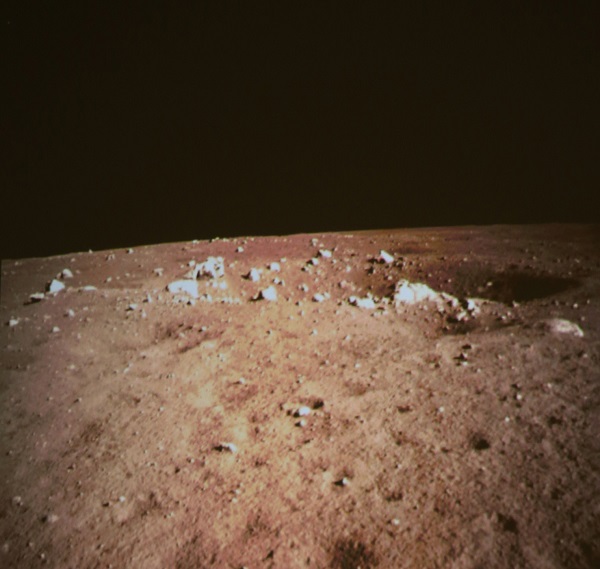
New York, (Samajweekly) Ice on the surface of the Moon, known so far to be dry and airless, is likely protected by ancient magnetic fields, according to a new study.
Sunlight does not reach the polar craters on the Moon because of the Moon’s small tilt to the Sun, 1.5 degrees compared with Earth’s 23.4 degrees. Yet ice’s survival has been a challenge on the lunar surface due to the solar wind, where charged particles can completely destroy the ice, Science reported.
Now, planetary scientist Lon Hood and team at the University of Arizona in the US have found ancient magnetic fields to be protecting Moon ice on the Moon.
In a research presented recently at the Lunar and Planetary Science Conference in Houston, they revealed that magnetic anomalies – remnants from the Moon’s ancient past – may be protecting some of these craters.
“These anomalies can deflect the solar wind,” Hood said. “We think they could be quite significant in shielding the permanently shadowed regions.”
The anomalies were first found during the Apollo 15 and 16 missions in 1971 and 1972, when astronauts measured regions of unusual magnetic strength on the surface.
While their origin is debated, scientists speculate that they were created more than 4 billion years ago when the Moon had a magnetic field and iron-rich asteroids crashed into its surface. The resultant molten material may have been permanently magnetised, the report said.
Thousands of the anomalies are thought to exist across the lunar surface, but for the research Hood mapped those at the south pole in detail using data from Japan’s Kaguya spacecraft, which orbited the Moon from 2007 to 2009.
He found at least two permanently shadowed craters that were overlapped by these anomalies, the Sverdrup and Shoemaker craters, and there are likely more. Although the remnant fields are thousands of times weaker than Earth’s, they could be sufficient to deflect the solar wind, the report said.
Craters with known anomalies could become prime targets for science and exploration. NASA is already planning to visit the south polar region with a rover due for launch next year, called VIPER.
The agency also intends to send humans to the lunar surface later as part of its Artemis programme. Studying the ice could reveal how it was delivered, which may in turn shed light on how Earth got its water, the researchers said.








